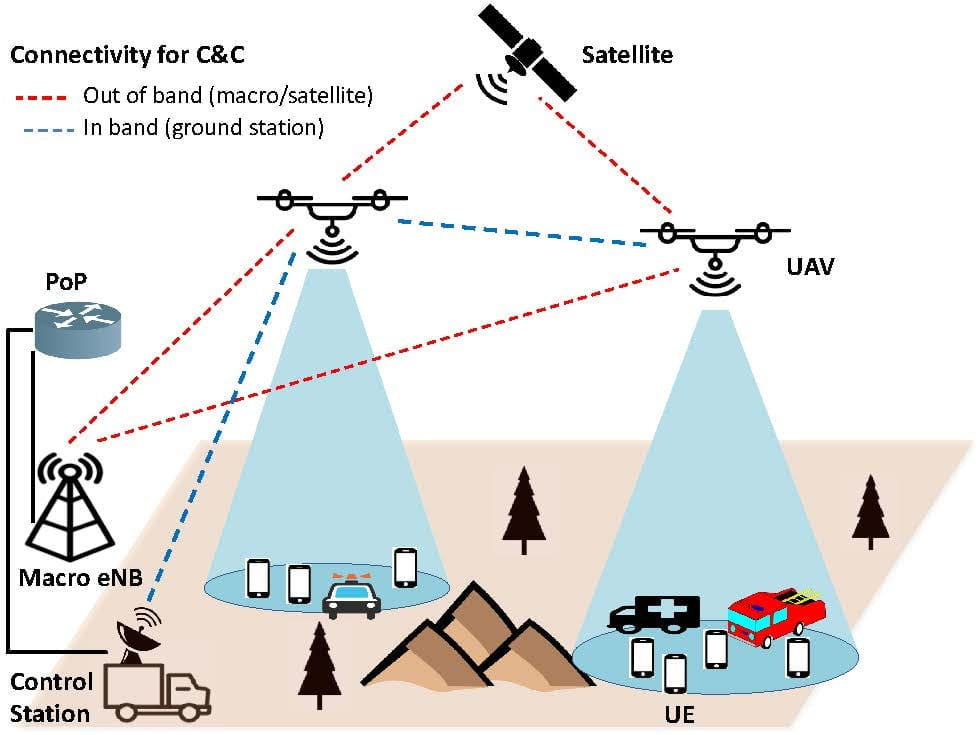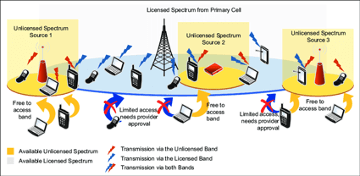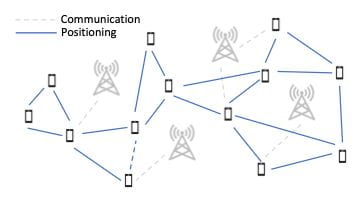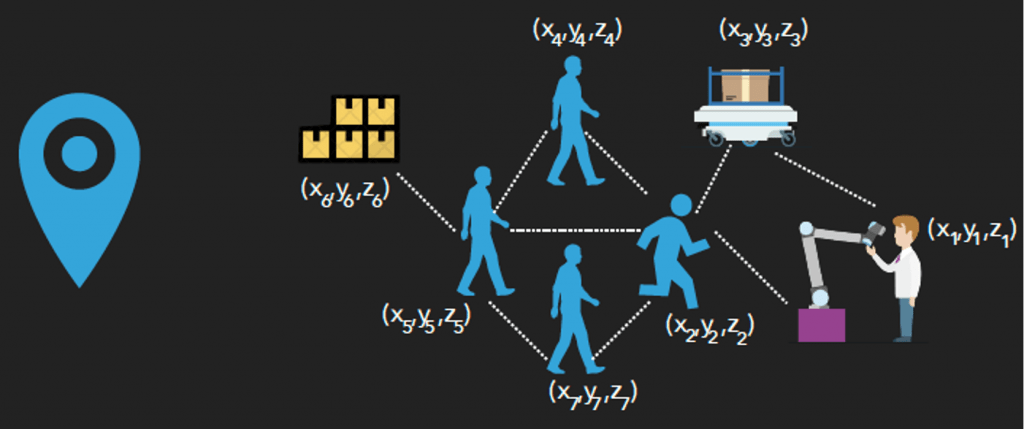Some of the recent projects include:
Mobility Inverted Networks (MIN)

Mobility Inverted Networks (MINs) flip the mobility paradigm of traditional terrestrial networks. Whereas in traditional mobile networks, the access points are fixed infrastructure, in a MIN the access point is positioned on a platform with a higher degree of mobility. This introduces new challenges and opportunities at all layers of the stack from physical to networking. Our research in this area consists of understanding this shift and building real-world systems based on these principles, especially utilizing UAVs. More …
Dynamic Spectrum Access

The scale and density of mobile network deployments is increasing rapidly. While several strides to increase spectral efficiency through advanced multiplexing strategies have been made, the inability to accurately assess the impact of external interference leads to significant performance degradation during dynamic spectrum access. This project evaluates and aims to mitigate this degradation through scalable learning, and optimal and intelligent algorithms. More …
FutureG Wireless Positioning

Localization (or Positioning) is a key technology for the next generation 5G wireless systems (both WiFi and cellular) to cater to the needs of interactive, immersive, and robot-human applications. Such applications require not only sub-meter localization accuracy but also highly demanded communication throughput. In this research theme, we explore the intricate problems and challenges that need to be addressed to make the systems have better localization accuracy without sacrificing communication performance. More …
Ultra Low-power Wireless Sensing

The project explores the design and deployment of sustainable IoT wireless tags that can operate on ultra-low energy budgets while interacting with commodity devices already in our everyday environments to enable various sensing and tracking applications on a large scale. More …
Some of the past projects include:
SkyLiTE: An Autonomous LTE Network on UAVs
TrackIO: An Infrastructure-free, UAV-aided Tracking Solution for GPS-denied Environments
RIO: A Pervasie RFID-based Touch Gesture Interface
ACACIA: Context-aware Edge Computing over Mobile Networks for Low-Latency Applications
BLU: Dynamic Spectrum Sharing and Interference Blue-printing in Cellular Networks
FluidNet/AmorFi: SDN-based Wireless Networks (Cellular and WiFi)
Hekaton: Practical and Efficient Large-scale MIMO Systems
FDoS: Full-duplex Wireless Systems with Half-duplex Clients
